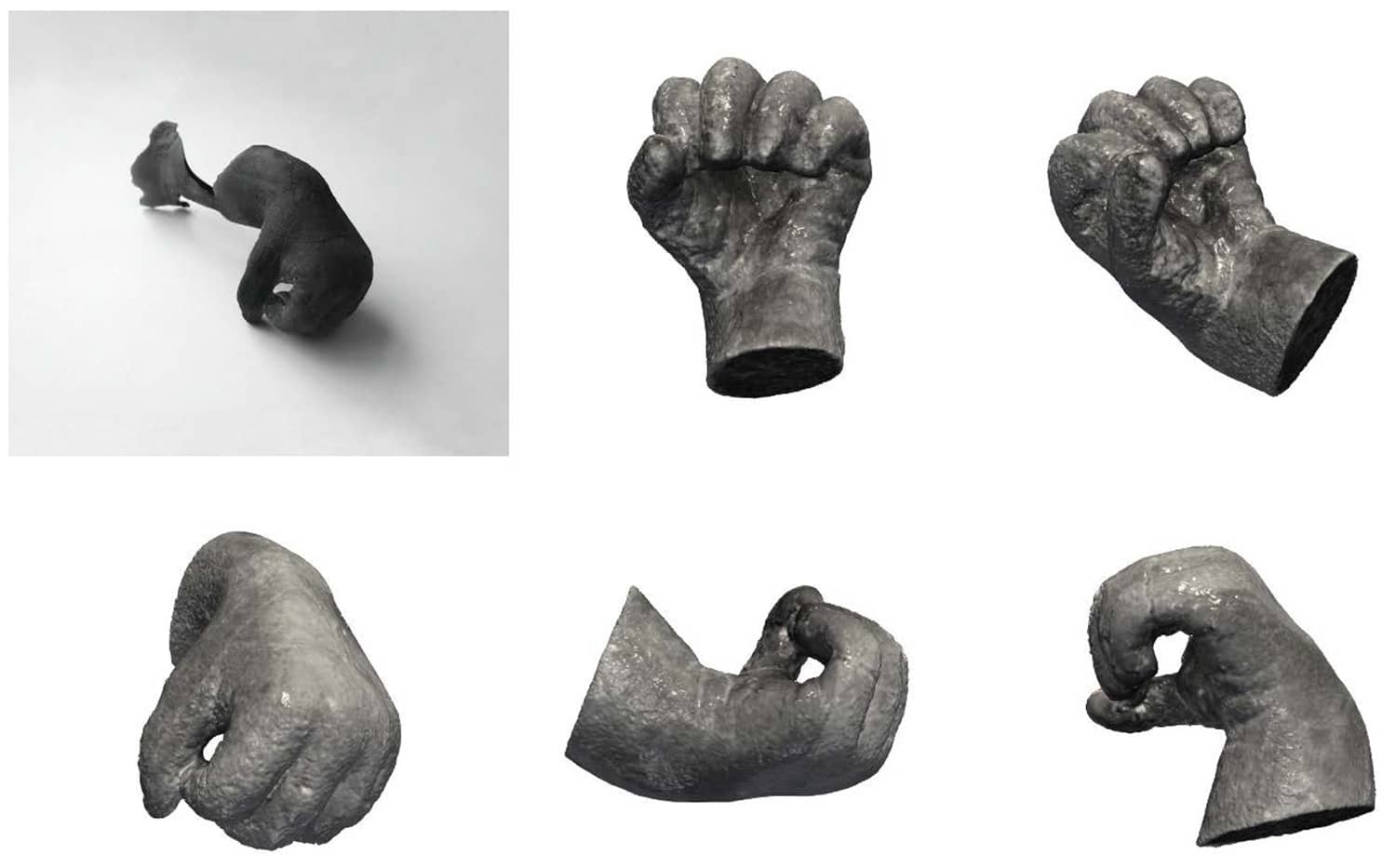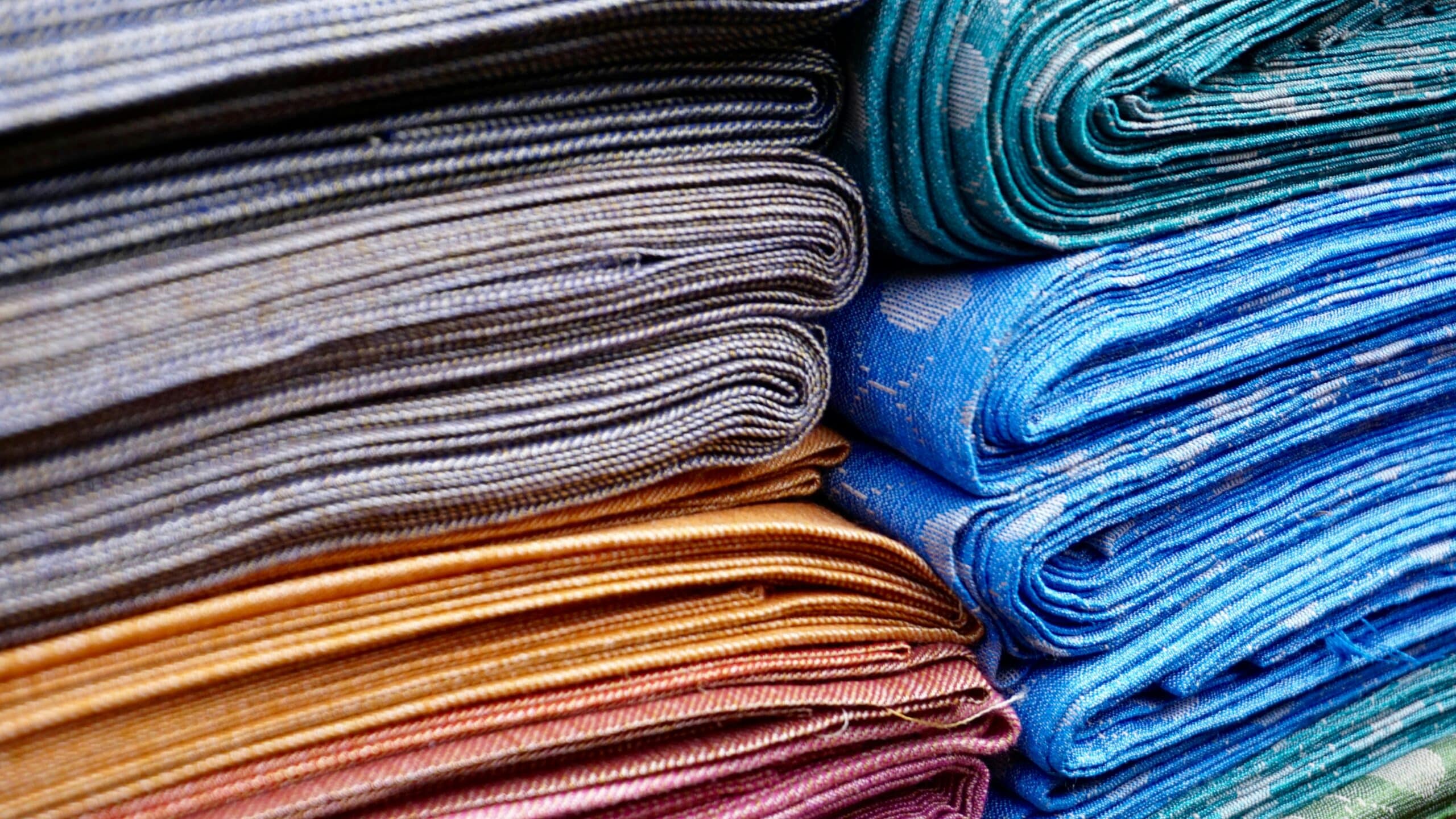When Volcanology and Art Collide

Recently, NC State volcanologist Arianna Soldati collaborated with a group of artists who work with obsidian glass. In a paper published in the journal Volcanica, Soldati and the artists reveal the results of their shared experimentation and knowledge.
The Abstract sat down with Soldati to find out what prompted the work, and how two seemingly disparate fields came together over obsidian.
TA: How did this collaboration come about in the first place?
Soldati: Lava is glass. I know this sounds strange, because the two materials may look quite different at first sight, but it usually “clicks” when you think about obsidian. Obsidian is lava (molten material emitted by a volcano), and it is shiny and sharp like glass. It also breaks with a conchoidal fracture, like your typical glass bottle, with a round, clean break. In fact, obsidian is often called volcanic glass or natural glass. It gets its black color from iron within it.
But glass and obsidian have a very important thing in common: their structure. Glass is a weird material in that it’s solid, but not crystalline (ordered) like quartz or diamond. Its atoms are arranged chaotically, because glass goes from being a molten liquid to a cold solid very quickly, so the atoms don’t have time to get in order and form crystals, they just freeze in place. The same thing happens with obsidian.
This similarity between lava and glass is very exciting, because it helps relate what might seem like an exotic and niche field such as volcanology to a very concrete, everyday experience such as looking out a window. And artists have been working with glass way longer than volcanologists have been studying lava, so they can teach us a thing or two! Glass artists have an incredible amount of practical knowledge on the material they work with. We scientists have an understanding of the physical reasons behind some of those behaviors. Doesn’t that sound like the perfect opportunity to learn from each other?
TA: As a volcanologist, what were you most interested to learn about concerning glass, and how might that impact your work going forward?
Soldati: I am an experimental volcanologist. I have a tiny furnace where I melt rock samples and effectively turn them into volcanic glass. I have had to gain a lot of familiarity with the material by trial and error, and that is very much a work in progress, almost 10 years in! I still get surprised by how differently each unique sample behaves. Being able to think about that outside of the volcanological terminology box, learning from glass artists’ operational knowledge of the materials and their limits, has really made me a better experimentalist.
TA: What questions did the artists have for you?
Soldati: The artists were interested in understanding the roots of behavior differences between obsidian and man-made glasses.
All parties approached this collaboration with curiosity for the other’s perspective. Discovering how we use theoretical and practical knowledge of the material to work it or interrogate it, and how we could all grow in our fields by incorporating diverse approaches was the true benefit of this work. We learned how truly complementary the artists’ chaîne operatoire (or operational sequence) and scientists’ experimental protocol are.
TA: What, if any, experiments did you do and what questions were they designed to answer?
Soldati: We wanted to figure out how the viscosity of obsidian changes with temperature and how that compares to other glasses. Viscosity and its variation matter in glasswork because they determine how the glass will behave when it is melted, stretched, poured, cast, blown, etc. Each technique is unique and requires the right match as far as glass material to be successful.
TA: You mention the difficulties of working with “natural” glass like obsidian in the paper – were you able to figure out some workarounds that would help artists interested in working with this material?
Soldati: We were able to experimentally constrain the “working range” of obsidian compared to traditional man-made glasses, providing artists with relatable information that can help them figure out what glassworking processes obsidian is best suited for, and what temperature adjustments might be beneficial. We were also able to formalize a dehydration process (a lot of “trouble” in natural glass comes from water vapor bubbles in it) developed by glass artists. But some artists embraced those challenges and created amazing pieces that just wouldn’t have been possible with regular glass!
TA: Is there more to explore here going forward? If so, what are your next steps?
Soldati: Yes, always! But in art – and science, although we tend to forget – we can’t always map out the road ahead. We are looking forward to being surprised!
- Categories:


